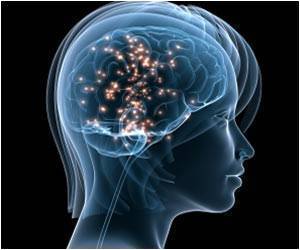There are two facets of fluid intelligence - one that involves quantitative or numeric reasoning, and another that involves verbal or spatial reasoning.

‘Intelligence reflects multiple levels of organization in the brain and that specific properties of the brain provide a powerful lens to investigate and understand the nature of specific intellectual abilities.’





The analysis involved 211 research subjects, making it the largest study to date linking brain chemistry and intelligence in living humans, said University of Illinois postdoctoral researcher Erick Paul, who led the work with research scientist Ryan Larsen and Illinois neuroscience professor Aron Barbey. The work was conducted in the Decision Neuroscience Laboratory at the Beckman Institute for Advanced Science and Technology. More studies will be needed to confirm and extend the findings, the researchers said. "In our data, we observed two facets of fluid intelligence - one that involves quantitative or numeric reasoning, and another that involves verbal or spatial reasoning," Paul said. "A similar separation of reasoning abilities has been demonstrated in previous studies."
The researchers conducted magnetic resonance spectroscopy to analyze brain concentrations of a compound called NAA (N-acetyl aspartate), a byproduct of glucose metabolism and a marker of energy production. They measured brain volume in all subjects using magnetic resonance imaging.
"We found that the quantitative reasoning component of intelligence correlated with brain volume, but not with the concentration of NAA in the brain," Paul said. "And the verbal and spatial components of intelligence correlated with NAA, but not with brain volume."
The team observed the same basic relationships when analyzing males and females separately. The findings add to the evidence that fluid intelligence involves distinct yet interrelated processes in the brain, Paul said.
Advertisement
"Our findings contribute to a growing body of evidence to suggest that intelligence reflects multiple levels of organization in the brain - spanning neuroanatomy, for example brain size, and neurophysiology, such as brain metabolism - and that specific properties of the brain provide a powerful lens to investigate and understand the nature of specific intellectual abilities," Barbey said.
Advertisement















